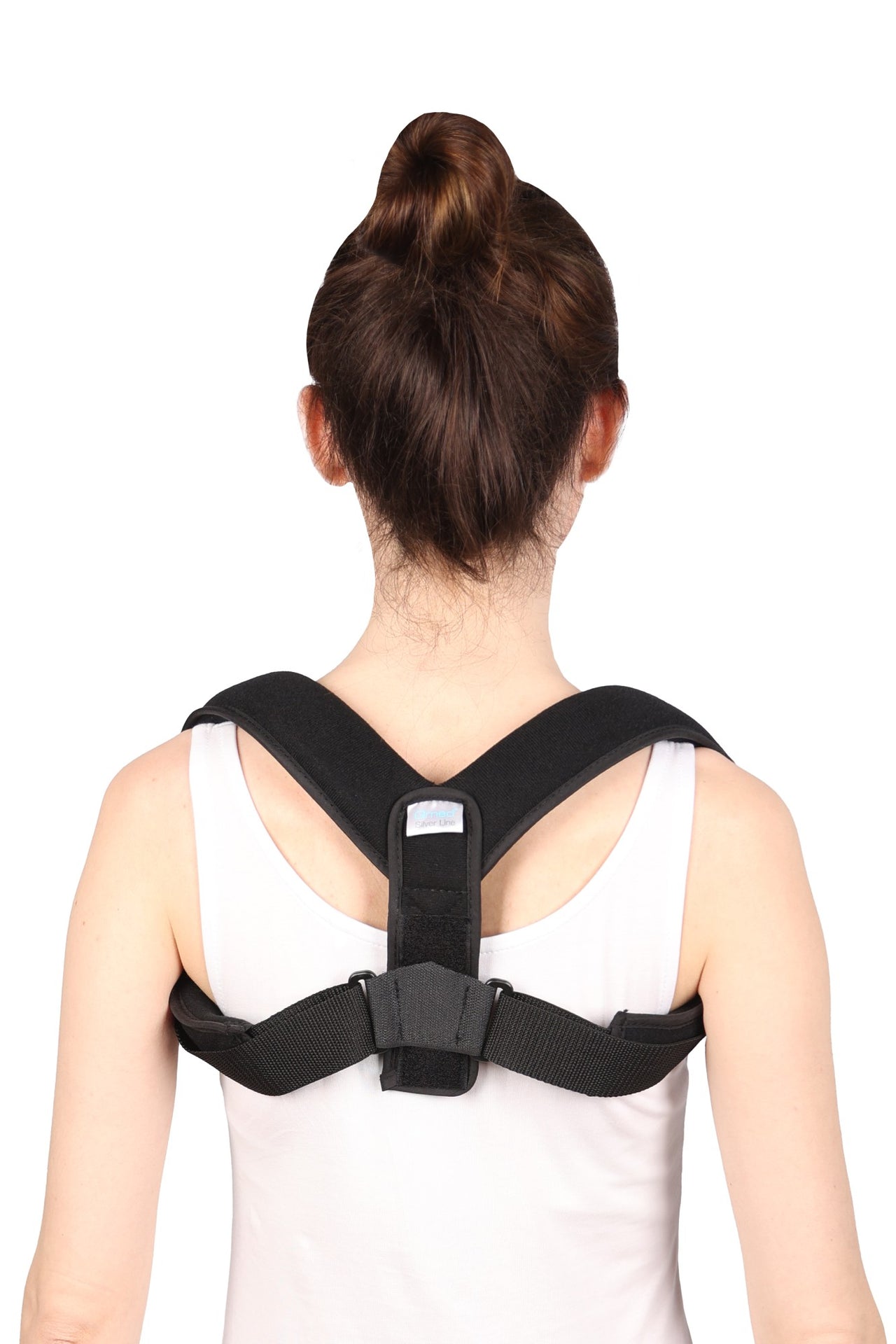A broken collarbone is a common injury that can affect people of all ages. The injury often occurs from falls on the shoulder or collarbone, but also from accidents where the seat belt presses hard on the chest. Sometimes a fall on an outstretched arm can also cause a fracture.
What is a clavicle fracture?
The collarbone (clavicle) is part of the shoulder skeleton and serves as an important link between the sternum and the shoulder blade. When fractured, the bone is damaged in whole or in part, leading to pain, reduced mobility and in some cases visible malposition. The injury often affects the function of the arm as the shoulder drops slightly on the affected side.
Common causes & risk factors
Clavicle fractures are most often caused by falls directly onto the shoulder or collarbone. Falls during sports, bicycle accidents, and traffic accidents are common causes. A prolonged fall where the elbow does not support the impact can also lead to a fracture. Seat belts in car accidents can sometimes cause pressure-related injuries to the clavicle.
Symptom
- Sudden and intense pain above the collarbone
- Difficulty moving the arm normally
- Reduced strength and mobility in the shoulder
- A slightly drooping shoulder on the affected side
-
In some cases, visible malposition or swelling over the fracture area
When should you seek medical attention?
All clavicle fractures should be examined by a medical professional. Seek immediate medical attention if you suspect the fracture has affected blood vessels or nerves, or if the pain is very severe.
Recommended protection & support
For stable clavicle fractures, a clavicle bandage or a relief sling is often used. These help stabilize the area, reduce pain, and facilitate healing.

